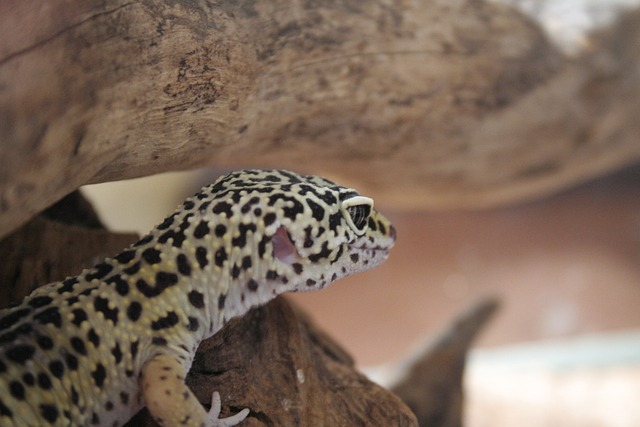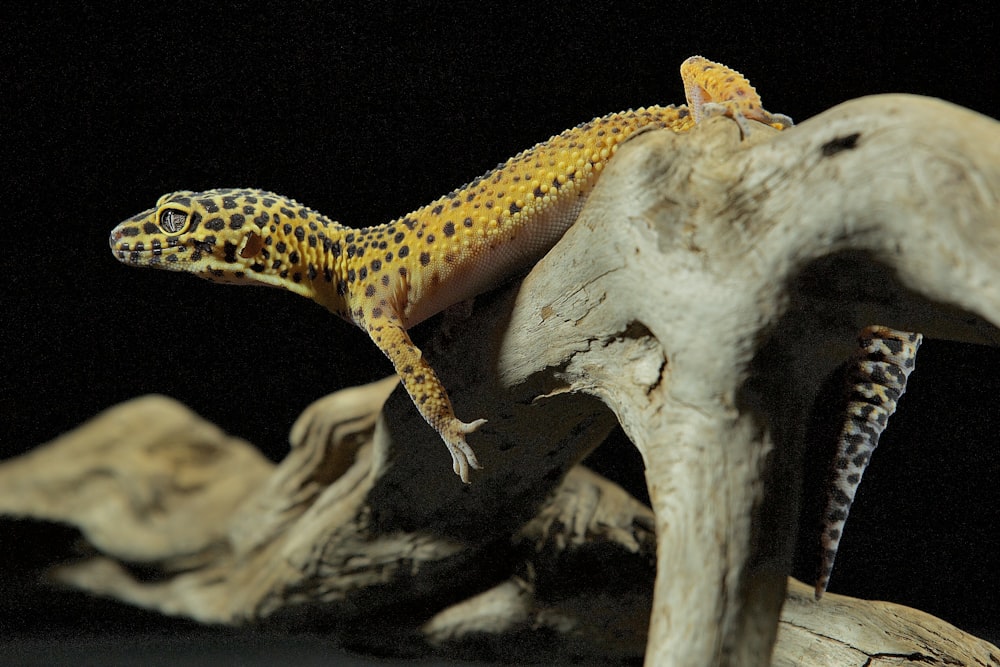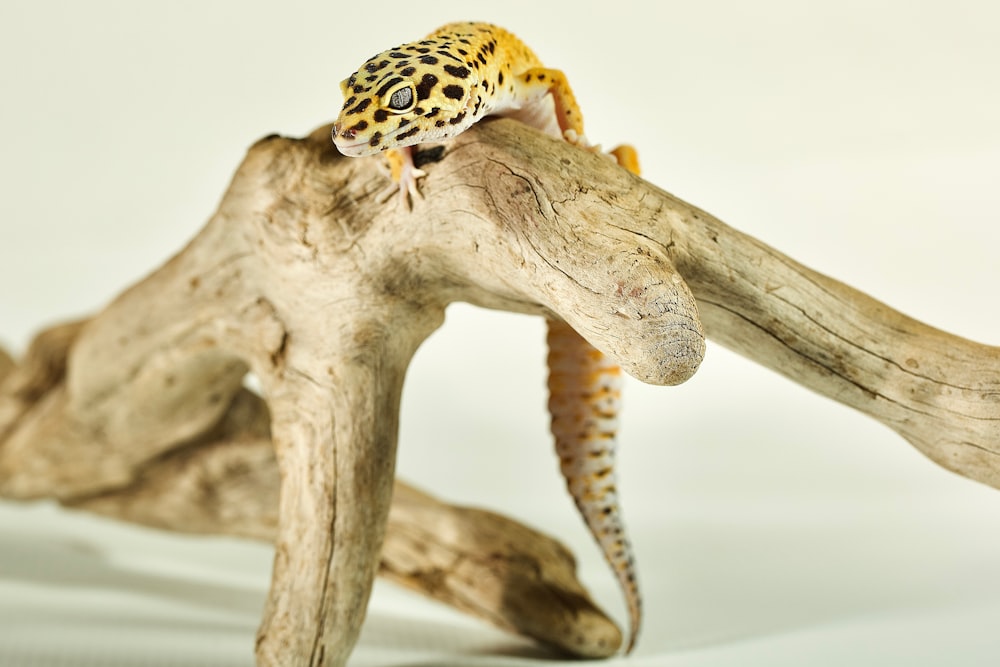
In this comprehensive article titled “Leopard Gecko Care Sheet: The Ultimate Beginner’s Guide,” you will find all the essential information you need to know to provide optimal care for your new leopard gecko. From their habitat requirements to feeding and handling tips, this guide offers a complete overview of leopard gecko care. Whether you are a first-time owner or looking to expand your knowledge, this article will equip you with the necessary tools to ensure a healthy and happy life for your leopard gecko.
Choosing a Leopard Gecko
When choosing a leopard gecko as a pet, it is crucial to find a reputable breeder. A reputable breeder will have a solid reputation, good reviews, and will be knowledgeable about leopard geckos. They will have healthy and well-cared-for geckos, and will also be able to provide you with important information about the gecko’s lineage and any genetic health issues. A reputable breeder will prioritize the well-being and long-term health of their geckos over making a quick sale.
Once you have found a reputable breeder, the next step is to select a healthy gecko. It is important to choose a gecko that appears active, alert, and has clear eyes. The gecko’s body should be well-rounded and not overly skinny. Look for a gecko with a smooth and unblemished skin, as any wounds or sores could indicate health issues. Additionally, check the gecko’s tail to ensure that it is plump and free of any kinks or bends, as a healthy tail is a good indication of overall health.
Deciding on the right morph is another important consideration. Leopard geckos come in a wide range of morphs, which refers to variations in their color, pattern, and traits. From popular morphs like the traditional wild type to more exotic ones like albino or patternless, there are many options to choose from. Take into account your personal preference and what morph best suits your desired aesthetic. However, it is important to note that certain morphs may come with specific health risks or requirements, so it is crucial to do thorough research and understand the unique needs of the morph you choose.
Habitat Setup
Creating a suitable habitat is essential for the overall well-being and happiness of your leopard gecko. Start by Selecting the right enclosure. A 20-gallon tank is a suitable size for an adult leopard gecko, providing enough space for exploration and movement. Ensure that the tank has a secure lid to prevent any escapes.
Choosing the appropriate substrate is another important aspect of setting up the habitat. Options such as reptile carpet, paper towels, or ceramic tiles are recommended, as they are easy to clean and do not pose a risk of impaction if ingested.
Temperature and humidity control is crucial for leopard geckos. Provide a temperature gradient within the tank, with a warm side ranging from 88°F to 92°F and a cool side around 75°F to 80°F. Use a thermostat to regulate the temperature and prevent any extremes.
Incorporate lighting into the habitat to provide a day-night cycle for your gecko. While leopard geckos do not require UVB lighting, a low-wattage white light or a dimmer red light can be used to simulate a natural light cycle and promote normal behavior.
Leopard geckos require hiding spots and decorations to feel secure and reduce stress. Provide at least two or three hides, one on the warm side and one on the cool side of the tank. Additionally, add branches, rocks, and other decorations to create a stimulating and enriching environment.
Feeding and Nutrition
Understanding the dietary needs of leopard geckos is vital for their health and well-being. They are insectivores, meaning their diet consists mostly of insects. A varied diet is crucial to ensure they receive all the necessary nutrients.
Choose the right food for your gecko. Crickets, mealworms, and dubia roaches are popular options for leopard geckos. It is important to provide appropriately sized prey, as geckos may have difficulty consuming prey that is too large.
Create a feeding schedule for your gecko. Juvenile geckos should be fed daily, while adult geckos can be fed every two to three days. Offer an appropriate number of insects based on your gecko’s age and size. Remove any uneaten prey after 15 to 20 minutes to maintain cleanliness.
Supplements are an essential part of a leopard gecko’s diet. Dust the prey with a calcium supplement at every feeding. Additionally, provide a multivitamin supplement once or twice a month to ensure your gecko receives all the necessary vitamins and minerals.
Handling feeding difficulties is important to ensure your gecko is getting the nutrition it needs. Some geckos may be picky eaters or show a lack of appetite. If your gecko refuses to eat, try offering different food sources or adjusting the feeding schedule. If the issue persists, consult a reptile veterinarian for further guidance.
Handling and Taming
Establishing trust with your leopard gecko is an important step towards successful handling and taming. Spend time near the enclosure, speaking softly and making slow movements to get your gecko accustomed to your presence. Avoid sudden movements or loud noises that may startle the gecko.
Proper handling techniques are crucial to ensure the safety of both you and your gecko. When picking up a leopard gecko, gently scoop it up from below, supporting its body to avoid any harm. Avoid grabbing or squeezing the gecko, as this can cause stress or injury.
Building a routine is beneficial for your gecko’s comfort and confidence. Handle your gecko regularly and gradually increase the duration of handling sessions. Short, frequent handling sessions are often more effective than longer sessions to prevent stress.
Dealing with aggressive behavior is important to maintain a positive relationship with your gecko. Leopard geckos may display territorial or defensive behavior, such as hissing or biting. If your gecko exhibits aggression, give it space and try again later. Never forcibly handle an aggressive gecko.
Ensuring safety during handling is crucial. Always supervise your gecko when it is outside of its enclosure. Keep the handling area secure to prevent any escapes or accidental falls. Wash your hands before and after handling to prevent the spread of bacteria or potential diseases.
Health and Common Issues
Recognizing signs of a healthy gecko is important for early detection of any health issues. A healthy gecko should have clear eyes, smooth skin, and a plump tail. It should be active, alert, and demonstrate a healthy appetite.
Preventing common health problems is crucial to keep your gecko in optimal condition. Ensure that the habitat is clean and properly maintained. Provide a balanced diet, appropriate temperature, and humidity levels. Regularly observe your gecko for any changes in behavior or appearance.
Handling shedding is a common occurrence for leopard geckos. Make sure to provide a humid hide in the enclosure to aid in shedding. If your gecko experiences difficulties shedding, gently mist its body with warm water or offer a shallow warm water bath to help soften and remove any stuck shed.
Managing parasites is another important aspect of leopard gecko health care. Regularly check your gecko for external parasites such as mites. If you suspect your gecko has internal parasites, consult a reptile veterinarian for proper diagnosis and treatment.
Addressing potential illnesses promptly is crucial to ensure the well-being of your gecko. Look for signs such as lack of appetite, weight loss, abnormal stools, or respiratory issues. If you notice any concerning symptoms, seek professional veterinary care as soon as possible.
Environmental Enrichment
Providing climbing opportunities is essential for leopard geckos, as they are natural climbers. Add branches or reptile-safe vines to the enclosure to encourage climbing and promote exercise.
Offering interactive toys is another way to enrich your gecko’s environment. Toys such as reptile-safe balls or puzzle feeders can stimulate your gecko’s mind and provide mental enrichment.
Introducing novel textures can add variety to your gecko’s habitat. Provide surfaces with different textures, such as rocks, rough branches, or smooth tiles. This allows your gecko to explore and experience different sensations.
Implementing scent stimulation can provide additional enrichment. Consider adding safe herbs or flowers to the enclosure to introduce different smells. Be cautious to use only non-toxic plants and herbs.
Creating a naturalistic environment can enhance your gecko’s overall well-being. Incorporate live plants, such as succulents or spider plants, to create a more natural and visually appealing habitat. Ensure that any plants used are non-toxic to geckos.

Breeding Leopard Geckos
Breeding leopard geckos is a complex and specialized endeavor. Before considering breeding, ensure that you have the knowledge, time, and resources to properly care for the geckos and their offspring.
Preparing for breeding involves providing the appropriate breeding environment. Separate male and female geckos prior to breeding to allow for a resting period. Ensure that both geckos are in good health and of appropriate breeding age.
Understanding the breeding cycle is crucial for successful mating. Female leopard geckos lay eggs, which need to be fertilized by a male. The female will then develop and lay the eggs within several weeks.
Creating optimal breeding conditions involves providing the necessary temperature and humidity levels. Maintain a slightly higher temperature during the breeding season to stimulate breeding behavior. Monitor humidity levels to ensure proper egg development.
Incubating and hatching eggs is a critical process in the breeding journey. Remove the eggs from the original enclosure and place them in a separate incubator with suitable substrate. Maintain appropriate temperature and humidity levels throughout the incubation period.
Caring for baby geckos requires specialized attention. Provide a separate enclosure for the hatchlings, ensuring they have appropriate heating and hiding spots. Offer small, appropriately sized insect prey and provide a safe and secure environment for their growth and development.
Common Questions and Myths
Are leopard geckos good pets for beginners? Yes, leopard geckos are often recommended as good pets for beginners. They are relatively easy to care for, have a docile temperament, and don’t require as much space as larger reptiles. However, it is still important for beginners to learn about their specific needs and provide proper care.
Do leopard geckos require UVB lighting? While leopard geckos do not require UVB lighting, it is still beneficial to provide a low-wattage white light or a dimmer red light to simulate a natural day-night cycle. UVB lighting is not essential for their survival but can provide some additional benefits.
Can leopard geckos regrow their tails? Yes, leopard geckos have the ability to regrow their tails through a process called autotomy. If a gecko feels threatened or stressed, it may drop its tail as a defense mechanism. The regrown tail, however, may not look exactly like the original one.
How long do leopard geckos live? With proper care, leopard geckos can live for 10 to 20 years or even longer. The lifespan of a gecko can vary depending on factors such as genetics, diet, and overall health.
Are leopard geckos nocturnal or diurnal? Leopard geckos are primarily nocturnal, which means they are most active during the night. They are adapted to the dim light conditions of their natural habitats and tend to be less active during the day.

Troubleshooting Guide
Gecko refuses to eat: If your gecko refuses to eat, ensure that the temperature and humidity levels of the enclosure are appropriate. Offer a variety of food options to entice the gecko. If the issue persists, consult a reptile veterinarian.
Gecko has difficulty shedding: Provide a humid hide in the enclosure to aid in shedding. If your gecko experiences difficulties shedding, gently mist its body with warm water or offer a shallow warm water bath to help soften and remove any stuck shed.
Sluggish or lethargic behavior: Sluggish or lethargic behavior in a gecko can be a sign of underlying health issues. Monitor the gecko’s temperature and humidity levels, ensure it is receiving appropriate nutrition, and consult a reptile veterinarian if the behavior continues.
Gecko showing signs of stress: Signs of stress in a gecko can include loss of appetite, excessive hiding, or aggressive behavior. Evaluate the gecko’s environment for any potential stressors, such as improper temperatures or inadequate hiding spots, and make necessary adjustments.
Sudden changes in appetite: Sudden changes in appetite may indicate underlying health issues or stress. Evaluate the gecko’s environment, nutrition, and behavior to identify the cause of the change and consult a reptile veterinarian if necessary.
Conclusion
Choosing, caring for, and understanding leopard geckos require time, effort, and dedication. By finding a reputable breeder, selecting a healthy gecko, and providing a suitable habitat, you are on the right track to ensuring a happy and fulfilling life for your leopard gecko. Remember to prioritize their nutrition, handle them with care, and pay close attention to their health and well-being. With proper care and attention, your leopard gecko can become a beloved pet and companion for many years to come.

